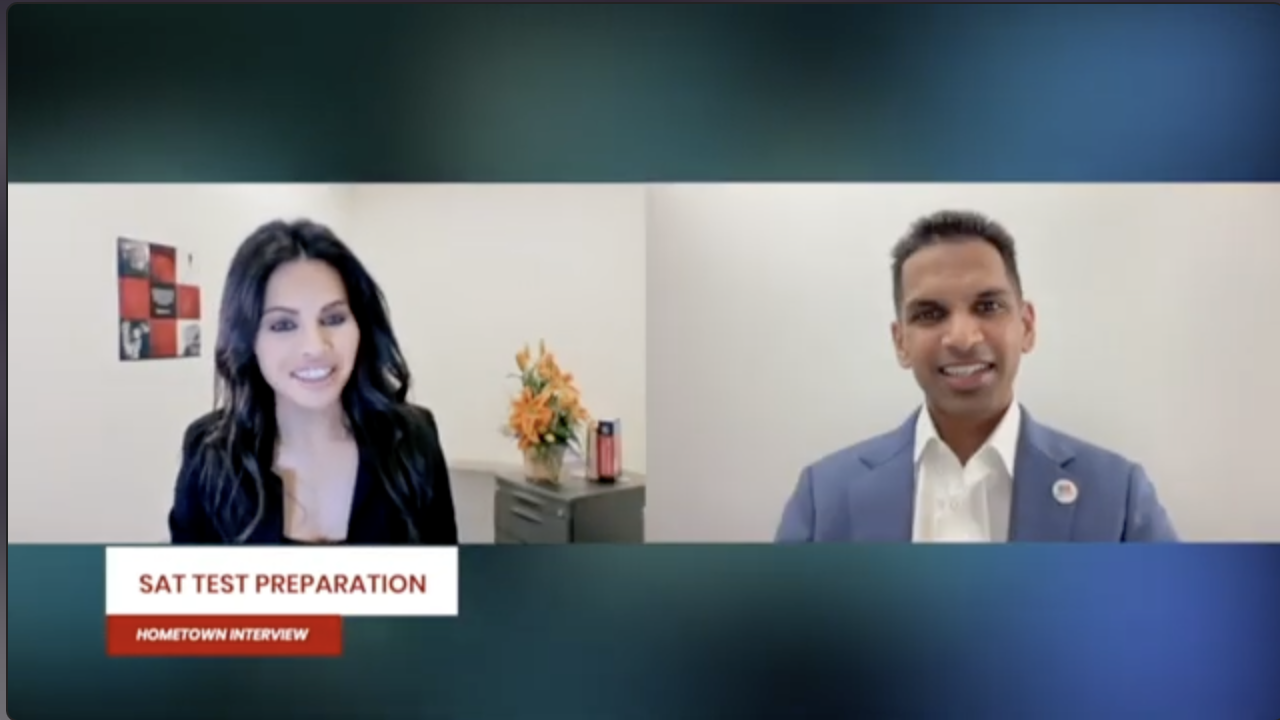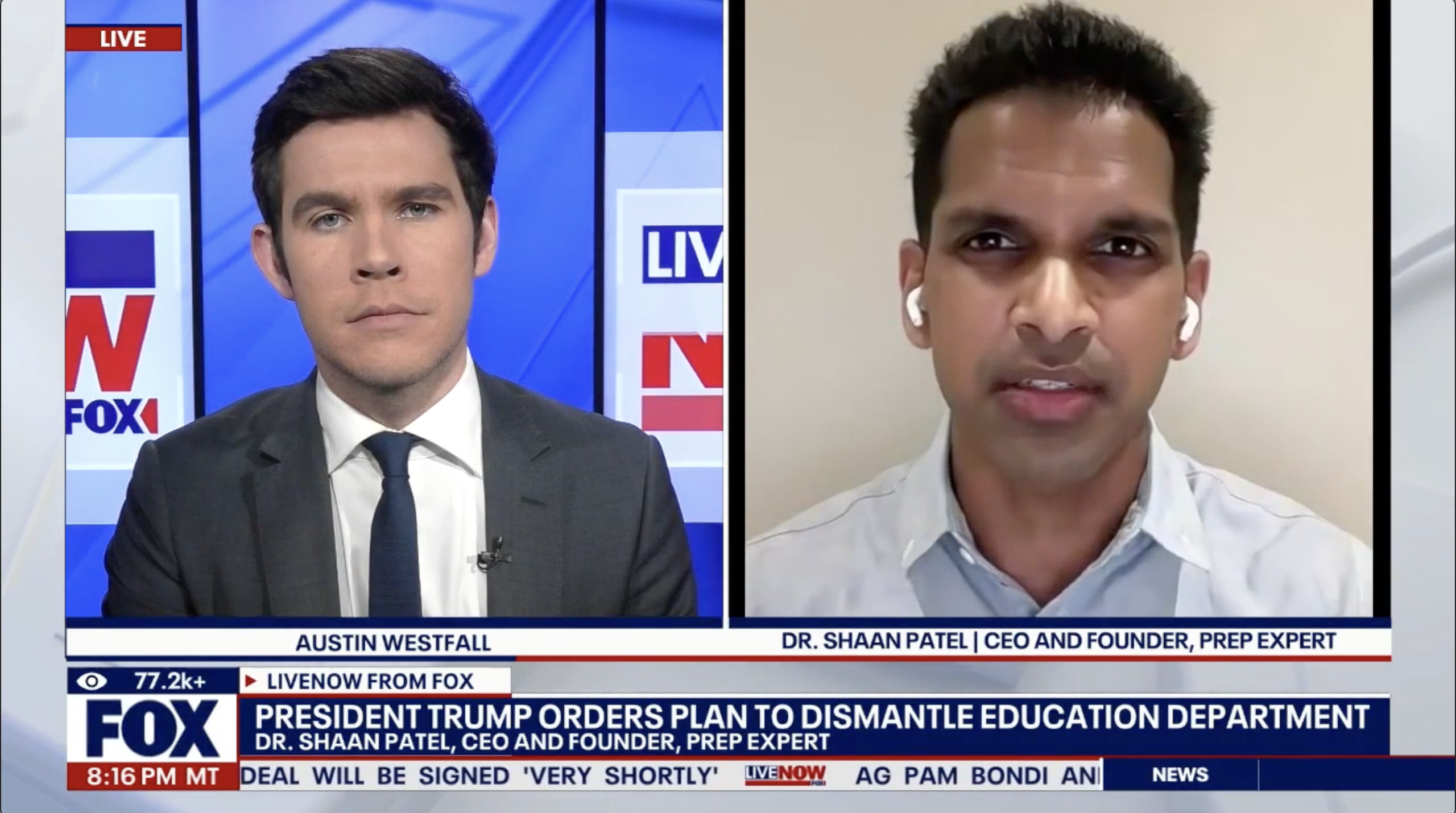What Are SAT Reading Passages and How to Solve Them?

As the founder of Prep Expert, I’ve guided countless students just like you through the SAT, and one of the biggest challenges they face is the reading section. The SAT reading passages aren’t like the novels or articles you might be used to reading for school or for fun. They require a unique approach that combines solid reading comprehension with sharp test-taking strategies. Let’s break down what SAT reading passages are, how to tackle them, and how to prepare effectively for this part of the test.
Understanding SAT Reading Passages
The SAT reading section is designed to assess how well you can comprehend and analyze written texts. You’ll encounter five passages, or sometimes pairs of passages, each followed by a series of multiple-choice questions. These passages are drawn from a variety of sources, including literature, historical documents, social sciences, and natural sciences. The content might range from a narrative about a character’s personal journey to a complex scientific explanation, so it’s crucial to be prepared for anything.
What makes SAT reading passages tricky is that they’re not meant to be leisurely reads. Instead, they are dense, information-packed, and often written in a style that’s deliberately challenging. The passages are crafted to test your ability to understand the main ideas, interpret details, recognize the author’s purpose and tone, and make inferences, all while managing your time effectively.
The Importance of Reading Comprehension and Test-Taking Skills
One thing I always emphasize to students is that success on the SAT reading section requires both strong reading comprehension and savvy test-taking skills. It’s not enough to just understand what you’re reading; you also need to know how to approach the questions strategically. This isn’t like reading a good book, where you can savor every word and immerse yourself in the narrative. Instead, you need to be quick, focused, and efficient.
When you’re reading an SAT passage, you often don’t have time for a deep dive into every paragraph. You need to train yourself to identify patterns, key information, and context clues that will help you answer the questions. It’s about finding that balance between reading enough to grasp the essentials and not getting bogged down in unnecessary details.
How to Approach SAT Reading Passages
Now that you know what SAT reading passages are, let’s talk about how to solve them effectively. Here are some tips to help you build an approach that can help you maximize your performance on test day.
Skim the Passage First
Before diving into the questions, start by skimming the passage to get a sense of its structure and main ideas. This doesn’t mean you should rush through it, but rather that you should focus on understanding the overall flow of the passage. Look for the thesis statement, topic sentences, and any shifts in tone or argument. This quick read-through will give you a mental map of the passage, which will be invaluable when you start answering questions.
Identify the Purpose and Tone
As you skim, pay attention to the author’s purpose and tone. Is the passage meant to inform, persuade, or entertain? Is the tone objective, critical, or sympathetic? Understanding the author’s intent can help you answer questions about the passage’s main idea, as well as questions that ask you to interpret the author’s attitude or perspective.
Look for Context Clues
Context clues are your best friend on the SAT reading section. If you come across a word or phrase that you don’t understand, don’t panic. Instead, look at the surrounding text for hints about what it might mean. SAT passages are often designed to include challenging vocabulary, but they also provide the context you need to make an educated guess. This skill is particularly important for answering questions about word meanings in context.
Make Inferences, Not Assumptions
One of the most challenging aspects of SAT reading passages is the need to make inferences based on the information provided. An inference is a conclusion drawn from evidence in the text, not from your own opinions or outside knowledge. It’s important to base your answers strictly on what’s in the passage, even if the inference seems obvious. The test is not looking for your personal opinion or background knowledge, but rather your ability to analyze and interpret the text as presented.
Eliminate Wrong Answers
When you’re unsure of an answer, use the process of elimination to narrow down your choices. Often, you can rule out one or two options right away because they are clearly incorrect or irrelevant. From there, focus on the remaining choices and use evidence from the passage to guide your decision. Even if you’re not 100% sure, eliminating wrong answers increases your chances of selecting the correct one.
Practice Under Time Constraints
One of the biggest challenges of the SAT reading section is the time limit. You have 65 minutes to read five passages and answer 52 questions, which doesn’t leave much room for lingering on any one question. To prepare, it’s crucial to practice reading passages and answering questions under timed conditions. This will help you get a feel for the pacing you need on test day and build your confidence in managing your time effectively.
Preparing for the SAT Reading Section
Preparing for the SAT reading section is about more than just practicing passages. It’s about building the skills and strategies that will help you tackle the test with confidence. Here are some tips to help you prepare effectively.
Practice Active Reading
Active reading is a strategy that involves engaging with the text as you read. This means asking yourself questions, summarizing paragraphs in your own words, and predicting what might come next. Active reading keeps you focused and helps you retain information more effectively, which is crucial when you’re under time pressure.
Take Practice Tests
Practice tests are one of the best ways to prepare for the SAT reading section. They allow you to familiarize yourself with the format and question types, as well as identify areas where you need improvement. After each practice test, review your answers carefully to understand your mistakes and learn from them.
Work on Vocabulary
While the SAT no longer focuses heavily on obscure vocabulary, understanding the context and meaning of words in the passages is still important. Make a habit of learning new words and their meanings, especially those that commonly appear in practice SAT reading passages. Contextual vocabulary is often key to answering questions correctly.
You Can Master the SAT Reading Section
The SAT reading section may seem daunting at first, but with the right strategies and preparation, you can master it. Remember, this section isn’t just about reading—it’s about reading with purpose and precision. By honing your reading comprehension skills and practicing effective test-taking strategies, you’ll be well-equipped to take on any passage the SAT throws your way.
Test taking is a skill that any student can develop. I’ve devoted thousands of hours into developing materials for Prep Expert’s courses that can help you develop the skills you need to crush the reading section of the SAT. And with our 200-Point SAT Score Improvement Guarantee, you won’t regret the time investment it takes to learn how to master the SAT reading section and beyond with one of the Prep Expert SAT courses!
Written by Dr. Shaan Patel MD MBA
Prep Expert Founder & CEO
Shark Tank Winner, Perfect SAT Scorer, Dermatologist, & #1 Bestselling AuthorMore from Dr. Shaan Patel MD MBA

WMBCTV News Interview With Dr. Shaan Patel
Why the New Digital SAT Is the Best Version YetBy Dr. Shaan Patel, CEO & Founder of Prep Expert The…

What to Look For in Colleges: A Guide to Successful Searching
When you’re making college decisions, you have a lot to keep in mind. Your college experience isn’t just the four…

Fox News Interview With Dr. Shaan Patel
It’s Time to Rethink the Department of Education By Dr. Shaan Patel, CEO & Founder of Prep Expert Last week,…